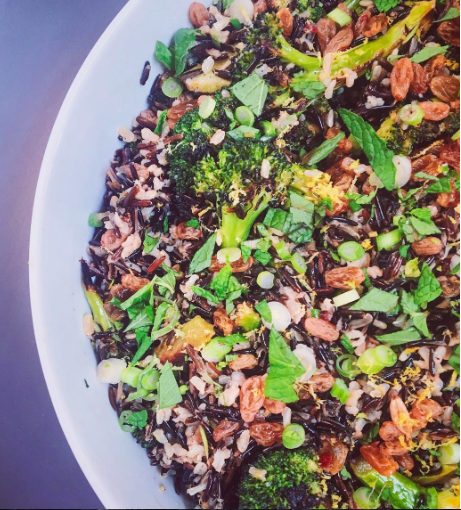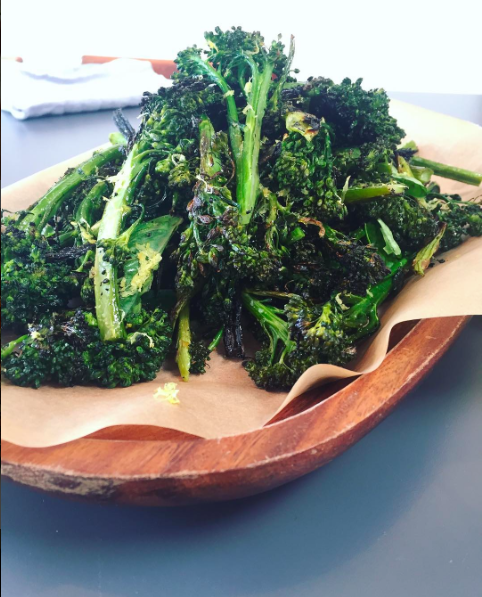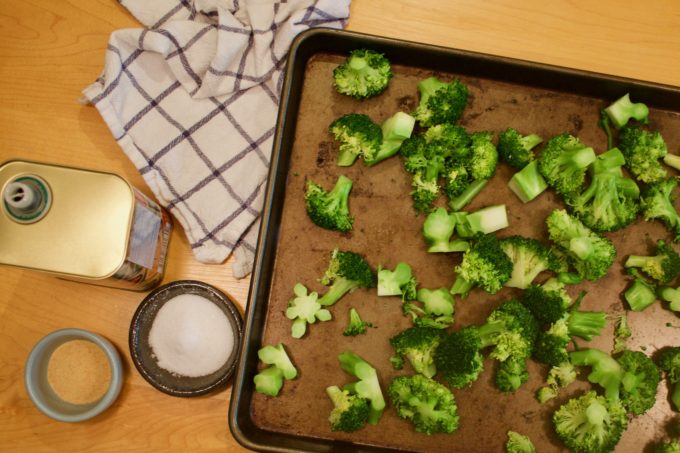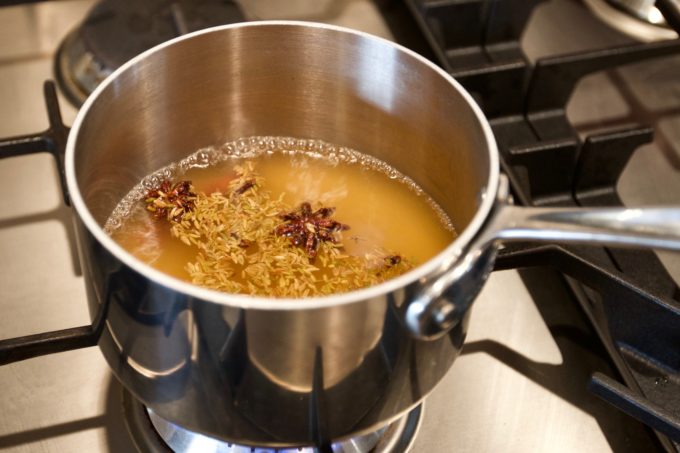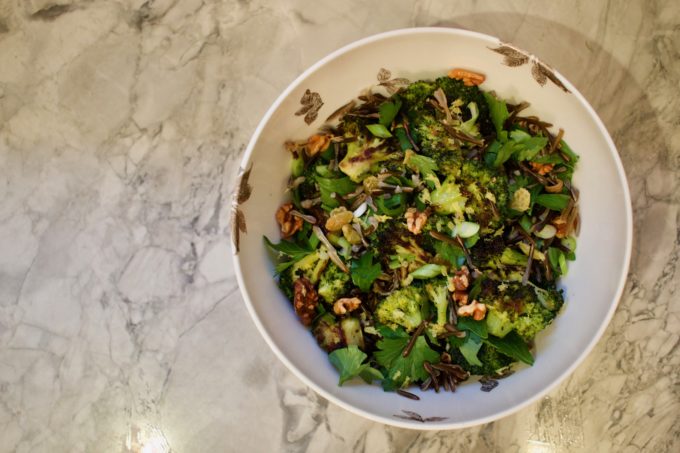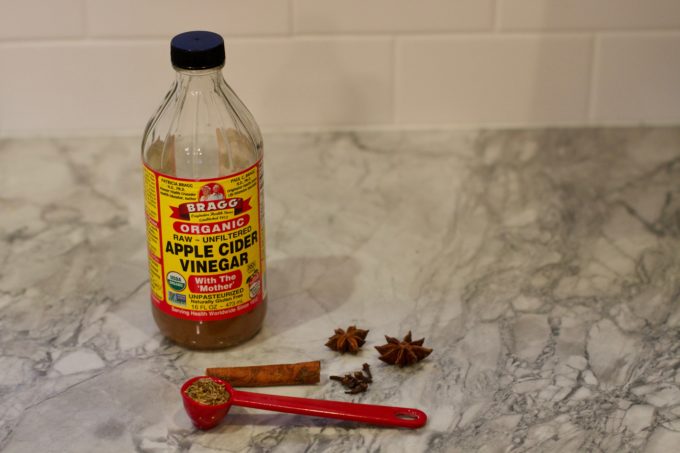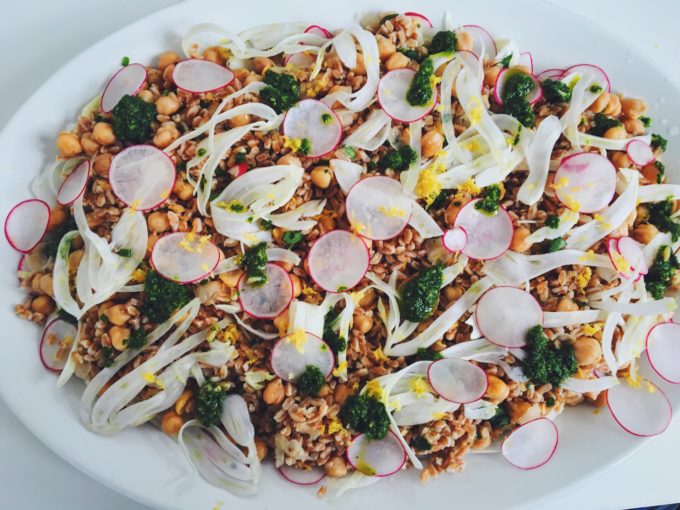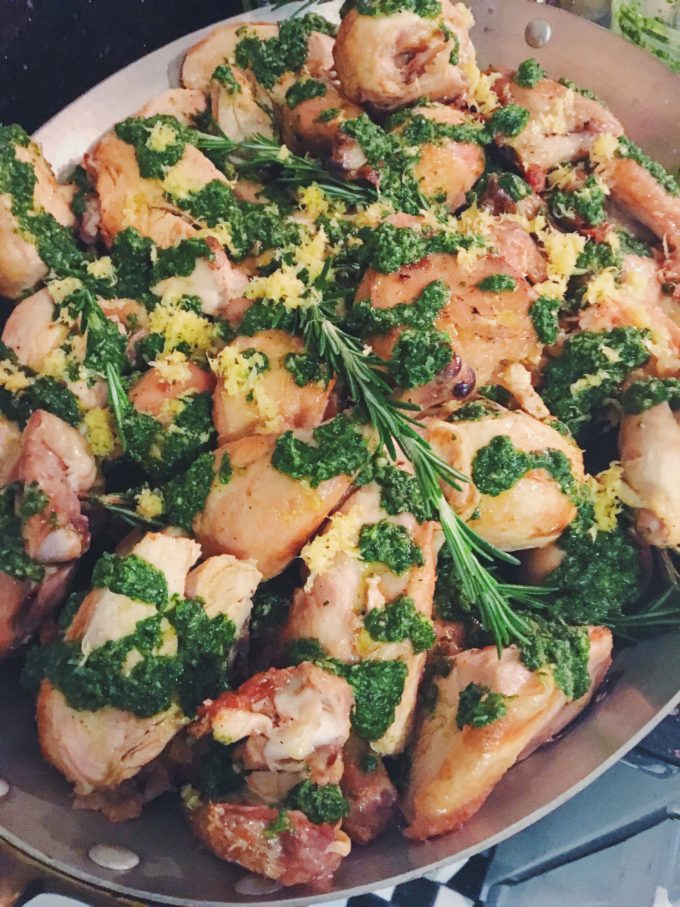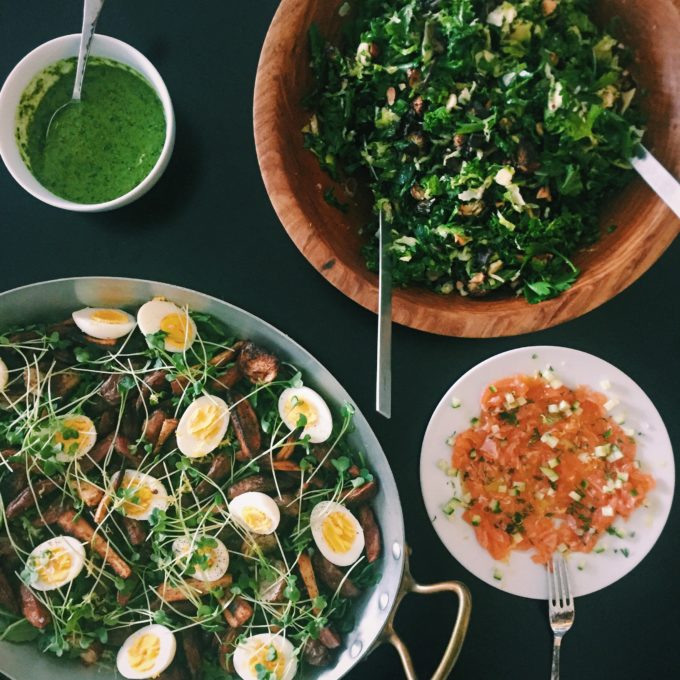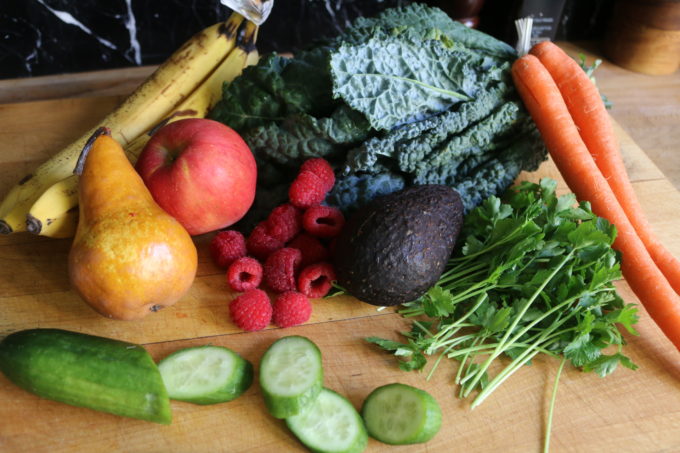
Breakfast is the most important meal of the day–or so they say. I tend to start each morning full of healthy resolve but find that it crumbles with each passing moment. After an entire day of running around the city cooking delicious meals for other people, dinner often turns into a free-for-all in which I succumb to every craving.
With this honest acknowledgement, I have learned that one of the most successful and simplest routines to fall into is to start each morning on the right foot, with a quick, low-maintenance and nourishing meal. My ultimate to-go meal is a smoothie.
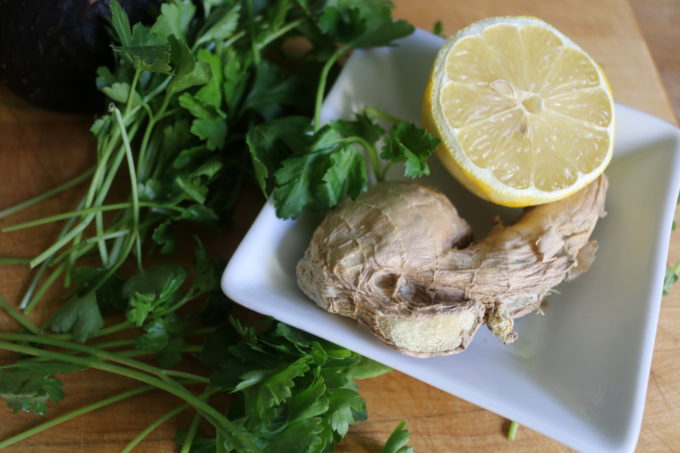
I love smoothies for many reasons. First and foremost, they are easy to throw together. Literally just toss the ingredients in a blender and whizz until it has reached a smooth consistency. Second, it is a great way to use anything in the fridge that may be on its way out. No discrimination against a slightly overripe banana or ugly avocado when everything ends up pulverized in the blender anyway. Texture trumps appearance. For example, avocados add creaminess to a smoothie, as does banana.
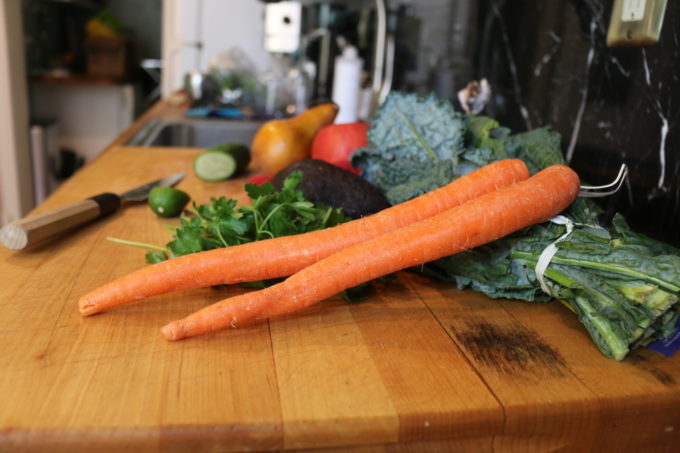
Most people are comfortable with fruit smoothies but are more hesitant to add vegetables to the mix. The key is to make sure that there is a good balance between some of the more strongly flavored veggies (such as kale or parsley) and the sweetness of the fruit. The addition of veggies provides an opportunity to get even more vitamins and fiber into one cup and cut down a little bit on the sugar and calories.
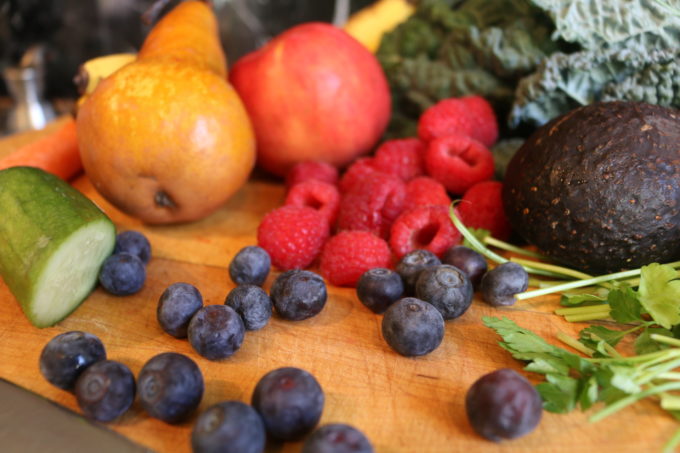
When making a smoothie, the main components are as follows:
A Base – Water, milk, almond milk, coconut milk or juice, etc.
Vegetables – Spinach, kale, cucumber, beet, carrot, celery, parsley, ginger, cilantro, avocado, mint, etc. I’ve been known to throw kale stems in here but this isn’t for everyone:)
Fruit – Endless but my favorites are apples, oranges, bananas, mangos, pineapples, blueberries, strawberries, raspberries, grapes, etc. Using frozen fruit is great for texture.
Additions – Protein powder, nut butter, yogurt, dates, flax seed, chia seed, cinnamon, etc.
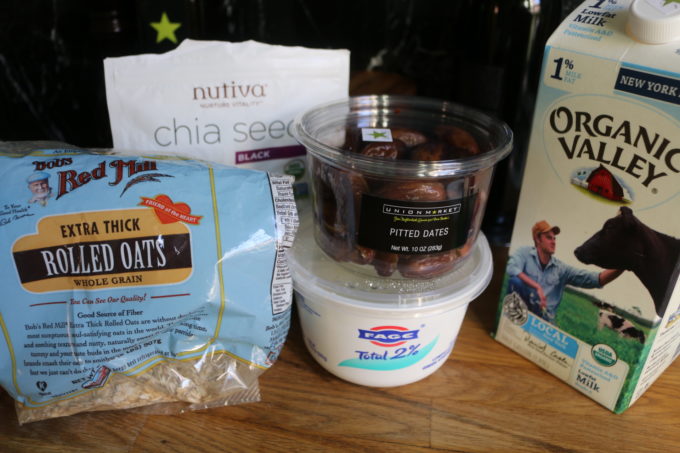
Combos can be mixed and matched from any of the above ingredients, and really the sky is the limit. If you are green smoothie/veg-fruit smoothie newbie, start with a lower veg:fruit ratio and slowly increase the ratio as your taste allows. I can’t begin to describe some of the more unusual results I have subjected my roommate Rian to sampling in the past. Laura won’t even try some of these but my tastes buds are happy. Below are a few introductory options that even the most green-smoothie-averse will enjoy. For our clients, we prepackage the italicized ingredients in ziplock baggies in the freezer and then they can simply dump them into their blenders and add in their other ingredients day-of for a quick, healthy, kid-friendly breakfast or snack option. They serve one person very generously or two kids. I hope you enjoy them too!
With love,
Kristina
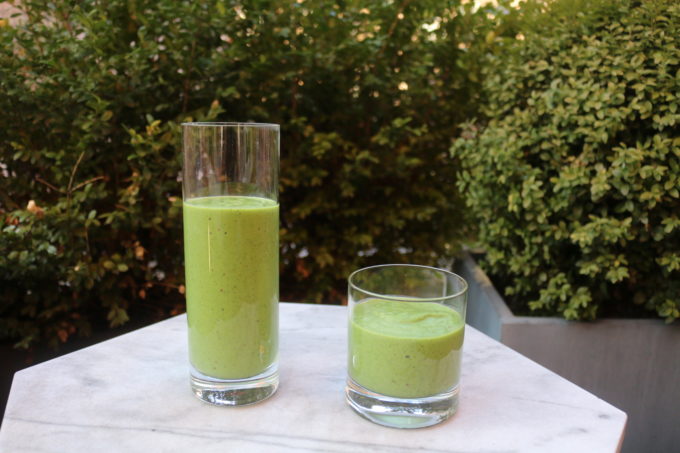
Green Machine Smoothie
Ingredients:
1 Banana
1 Cup shredded kale
1/2 Avocado
1/2 Apple
1 Tsp Chia Seeds
1 Cup Almond Milk (plus optional 1/2 cup plain Greek or regular yogurt)
Berry Green Smoothie
Ingredients:
1 Cup Strawberries
1 Cup Blueberries
1 Cup Spinach
1 Cup Almond Milk (plus optional 1/2 cup plain Greek or regular yogurt)
Green Monster Smoothie
Ingredients:
1/2 Cup Pineapple
1/2 Cup Mango
1/2 Banana
1 Cup Spinach
1 Cup Almond Milk (plus optional 1/2 cup plain Greek or regular yogurt)
Banana Date Smoothie (This isn’t a green smoothie but its such a big hit, I wanted to share in anyways.)
Ingredients:
1 Banana, sliced
4 Dates, chopped
1 Pinch Cinnamon
1 Cup Almond Milk (plus optional 1/2 cup plain Greek or regular yogurt)
Method: Tumble into a blender and blend for consistent texture. Enjoy! We prepackage the italicized ingredients in ziplock baggies in the freezer. Each recipe serves one person very generously or two kids.
